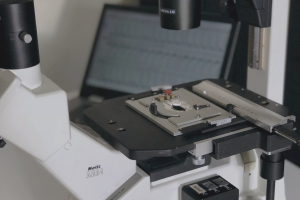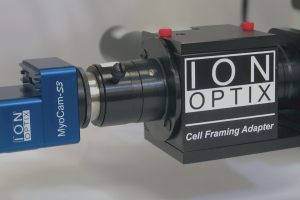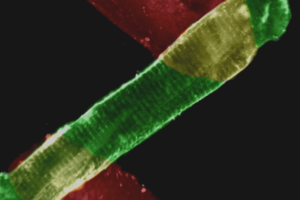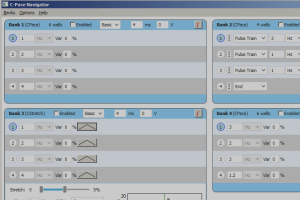Adebowale Adebiyi, Elizabeth M. McNally and Jonathan H. Jaggar
Abstract:
ATP-sensitive K+ (KATP) channel openers are vasodilators that activate both plasma membrane and mitochondrial KATP channels. Here, we investigated the molecular mechanisms by which diazoxide and pinacidil induce vasodilation by studying diameter regulation of wild-type (SUR2+/+) and sulfonylurea receptor 2 deficient (SUR2-/-) mouse myogenic mesenteric arteries. Ryanodine (10 µM), a ryanodine-sensitive Ca2+ release (RyR) channel blocker, iberiotoxin (100 nM), a large-conductance Ca2+-activated K+ (KCa) channel blocker, 4-aminopyridine (4-AP, 1 mM), a Kv channel blocker, MnTMPyP (100 µM), an antioxidant, and a combination of ryanodine and 4-AP reduced diazoxide (100 µM)-induced dilation in pressurized (60 mmHg) SUR2+/+ arteries by 45-77 %. In contrast, these inhibitors did not alter pinacidil (5 µM)-induced dilation in SUR2+/+ arteries. RT-PCR indicated that SUR2B was the only SUR isoform expressed in SUR2+/+ mesenteric artery smooth muscle cells, whereas SURs were absent in SUR2-/- cells. In SUR2-/- arteries, pinacidil-induced vasodilation was ~10 % of that in SUR2+/+ arteries, whereas diazoxide-induced vasodilation was similar in SUR2+/+ and SUR2-/- arteries. Atpenin (1 µM), a selective electron transport chain complex II (ETCII) inhibitor, dilated arteries similarly to diazoxide and this effect was attenuated by MnTMPyP and ryanodine + 4-AP. Atpenin also attenuated diazoxide-, but not pinacidil-induced vasodilation. In summary, data indicate that pinacidil-induced vasodilation requires SUR2B, whereas diazoxide-induced vasodilation does not require SURs. Rather diazoxide-induced vasodilation involves ETCII inhibition, a smooth muscle cell reactive oxygen species elevation, and RyR, KCa, and Kv channel activation. These data indicate that KATP channel openers regulate arterial diameter via SUR-dependent and -independent pathways.






